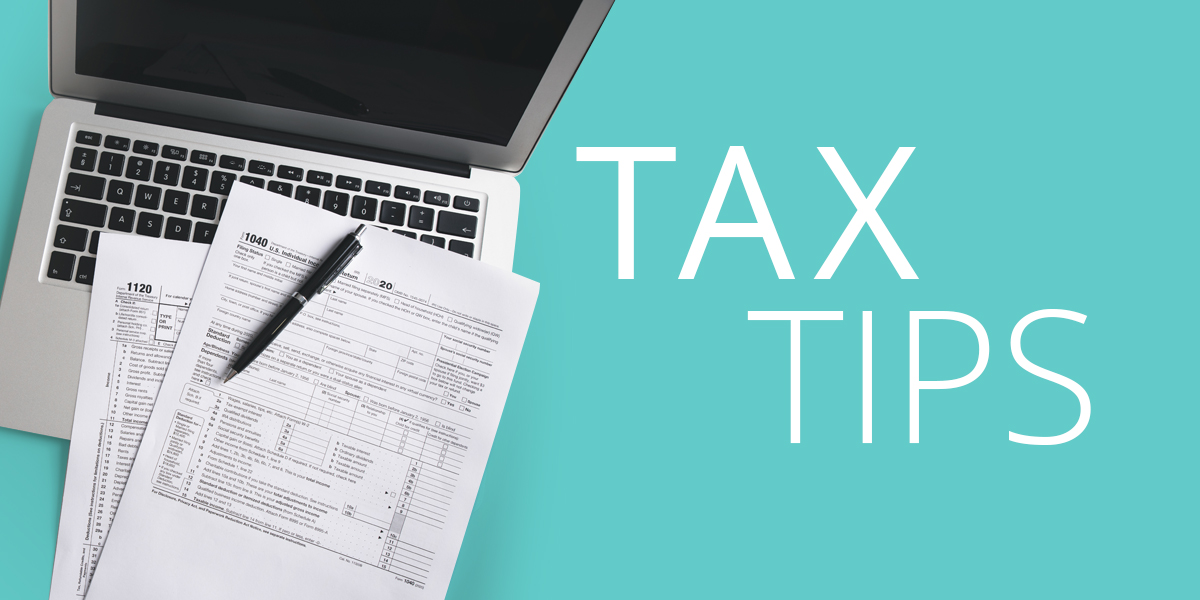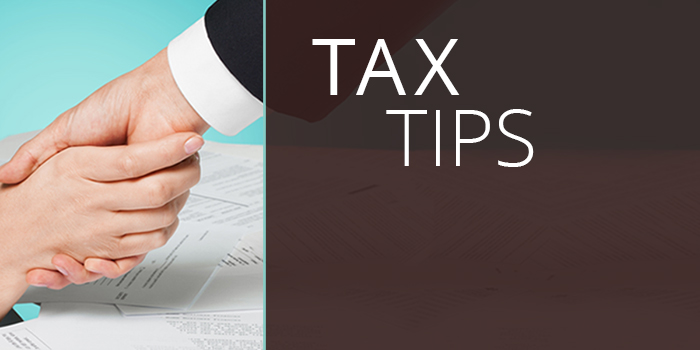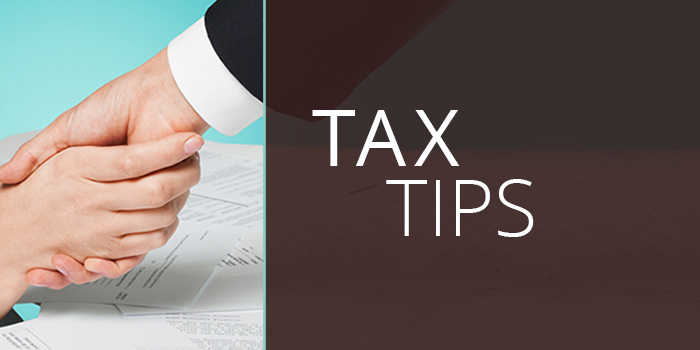Business owners can simplify things by filing payroll taxes electronically. E-file software performs calculations and populates forms and schedules using a step-by-step process. It will also alert the filer if they are missing information which reduces the chances of receiving an IRS notice.
E-Signatures Extended for Many Tax Forms
To help reduce the burden to taxpayers brought about by the coronavirus pandemic, the use of electronic or digital signatures on certain paper forms they normally cannot file electronically have been extended through December 31, 2021. Let’s take a look at what this means for taxpayers:
IRS Form 1040-X Now Available for E-Filing
Form 1040-X has been one of the last major individual tax forms that still needed to be paper-filed, but now taxpayers can quickly correct previously filed tax returns by submitting Form 1040-X, Amended U.S. Individual Income Tax Return electronically using commercial tax-filing software.
Tax-exempt Organizations e-filing requirements & Forms
The Taxpayer First Act enacted July 1, 2019, requires tax-exempt organizations to electronically file information returns and related forms. Those that previously filed paper forms will receive a letter from the IRS informing them of the change.
The new law affects tax-exempt organizations in tax years beginning after July 1, 2019, and applies to the following IRS forms (filing deadlines vary by form type):
- Form 990, Return of Organization Exempt from Income Tax.
- Form 990-PF, Return of Private Foundation or Section 4947(a)(1) Trust Treated as Private Foundation.
- Form 8872, Political Organization Report of Contributions and Expenditures.
- Form 1065, U.S. Return of Partnership Income (if filed by a Section 501(d) apostolic organization).




